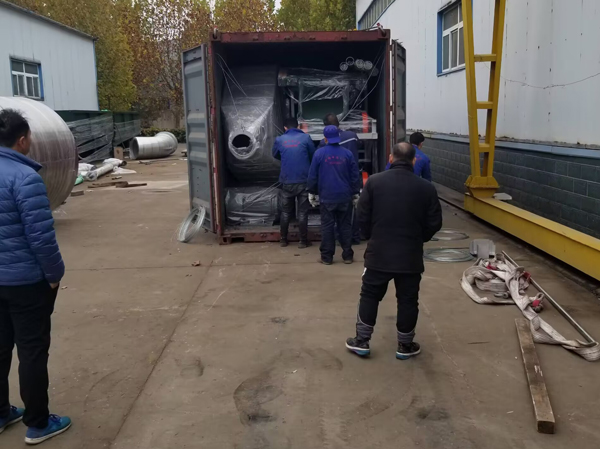Adr : Huanglong garden in Kaifeng Economic Development Zone, Henan
Phone : +86 18438491113
Email : sida@cnstarchmachine.com
Tel : +86 371-26630769
How to treat the wastewater generated during starch processing in cassava starch production line
In the processing of sweet potato and cassava starch, there are two places that require a large amount of water: one is for cleaning and crushing raw materials, and the other is for purifying and separating starch slurry
These two places will generate a large amount of wastewater. Wastewater treatment is the key to ensuring sustainable processing in starch factories. The following are locations for starch processing wastewater

Provide a systematic explanation of technology and methods, combined with water conservation, resource utilization, and environmental protection requirements:
Sources and characteristics of wastewater
1. Main sources of wastewater
Cleaning wastewater: high content of sediment and organic matter
Crushing and filtering wastewater: containing starch particles, pectin, and fibers
Separation and sedimentation wastewater: high concentration organic wastewater, COD can reach 2000-5000mg/L
Equipment flushing water: containing residual starch and impurities
2. Water quality characteristics:
High suspended solids (SS), high COD (chemical oxygen demand), high BOD (biochemical oxygen demand), containing biodegradable organic matter such as pectin, protein, and polysaccharides, which are prone to decay and odor.
2、 Key technologies for wastewater treatment
1. Preprocessing (physical method)
Grille filtration: removes sweet potato skins and large particle impurities.
Sedimentation tank/air flotation machine: Remove suspended solids (SS) and recover starch granules through natural sedimentation or pressurized dissolved air flotation.
Regulating tank: Balance water quality and quantity to avoid impacting the subsequent treatment system.
2. Biological treatment (core process)
Anaerobic treatment (for high concentration wastewater):
IC anaerobic reactor: efficiently degrades organic matter, with a COD removal rate of over 80%, producing biogas (CH?) for heating production.
UASB (Upflow Anaerobic Sludge Bed): Suitable for small and medium-sized wastewater treatment, with stable operation.
Aerobic treatment (for low concentration wastewater or anaerobic effluent):
Activated sludge process: By combining aeration tanks and sedimentation tanks for treatment, COD and BOD are reduced.
SBR (Sequential Batch Reactor): Flexible control of aeration time, suitable for intermittent discharge of wastewater.
3. Advanced treatment (compliant emissions or reuse)
Artificial wetland: Utilizing plants and microorganisms to adsorb residual pollutants, suitable for low concentration wastewater.
Coagulation precipitation: Add PAC (polyaluminum chloride), PAM (polyacrylamide) and other agents to further remove suspended solids and colloids.
Membrane filtration technology (ultrafiltration/reverse osmosis): realizing the reuse of reclaimed water and reducing the consumption of fresh water.
4. Resource utilization technology
Protein recycling: Using microbial coagulants (such as yeast) to extract sweet potato protein from wastewater and make it into feed additives.
Biogas energy conversion: The biogas produced by anaerobic treatment is used for boilers or power generation to reduce energy costs.
Sludge composting: The remaining sludge is dehydrated and mixed with straw for fermentation to produce organic fertilizer.
3、 Typical wastewater treatment process
1. Recommended process route: wastewater → grid → sedimentation tank → regulating tank → IC anaerobic reactor → SBR aerobic tank → coagulation sedimentation → artificial wetland → standard discharge/reuse
All rights reserved:Kaifeng Sida Agricultural Products Equipment Co.,L SitemapSitemappSitemapsupport:dian zi